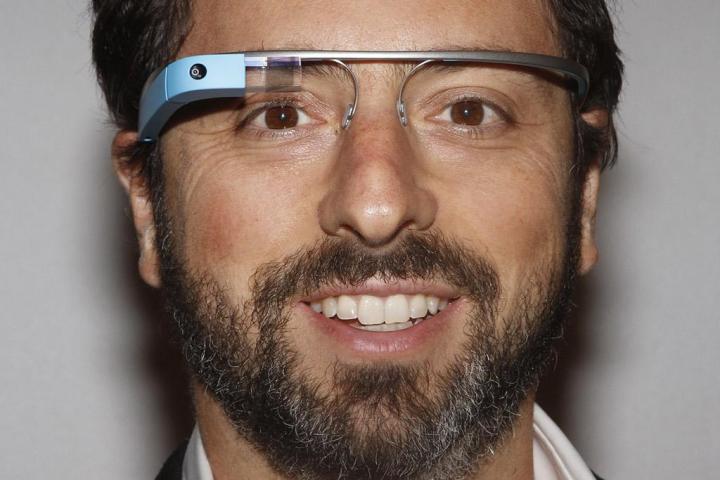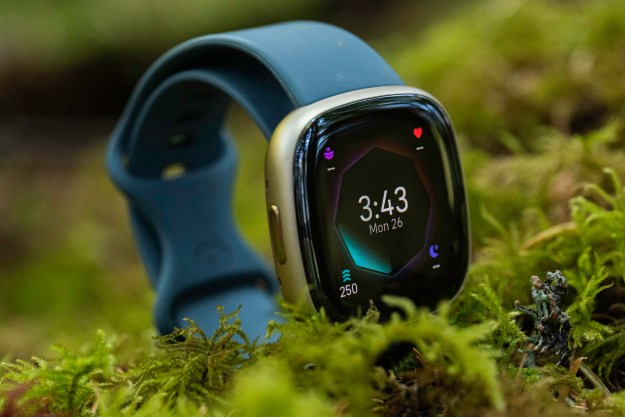
Ever since Glass first came on the scene a couple of years ago, Google has offered testers and developers the chance to join its Explorer program to help knock the product into shape prior to its commercial release, which could come by the end of the year.
However, to become part of the exclusive club, you have to hand over $1500.
The price tag, though steep, didn’t appear to have any adverse affect on Google’s recent one-day sale of the device to the masses, though many observers have for some time wondered how much Glass is really worth.
How much?!?
Well, according to TechInsight’s Teardown.com, the answer is “not very much.” The site, which, as its name suggests, has a penchant for taking devices apart in a bid to discover their true value as well as how they’re assembled, claims the components used to build Google’s high-tech specs are worth, in total, a mere $80. That’s right, eighty bucks.
The teardown lists 12 separate components, plus an ‘other’ category, with Glass’s Texas Instruments processor showing up as the costliest part at $13.96.
The camera is thought to be worth $5.66, the 16GB of Toshiba-made flash memory $8.18, and the battery just over a dollar at $1.14. The device’s “display/touchscreen and glass” is valued at $3, which, admittedly, seems a little on the low side. The total cost comes in at $79.78.
A Google spokesperson told the Wall Street Journal on Wednesday that the estimate was “absolutely wrong,” but declined to elaborate.
Teardown says it hopes to publish a more detailed document on its Glass-related findings shortly, which could result in a different – though not drastically different – overall cost.
Of course, this $80 estimate covers components only. When Google comes to price it for consumers, it’ll take into account a whole range of factors including production volume and assembly costs. On the latter point, the device is set to be manufactured in California, which is likely to make it a little more expensive than if it was produced in Asia, where so many of today’s tech products are made due to low costs.
If Teardown’s analysis is accurate, it could mean the device will launch with a price tag far more attractive than the one it currently sports. Lopping hundreds of dollars off the day it hits retail stores would certainly create a bit of buzz for the gadget, helping Google to drive sales among potential early adopters. Let’s face it, the device hasn’t had the best publicity of late, so the company may need to offer something special to persuade people to stick Glass on their face. A substantial price cut would certainly help.
Editors' Recommendations
- Google is bringing its futuristic AR glasses to the real world … kind of
- Galaxy Fold and Google Glass show how our attitudes toward new tech have changed


